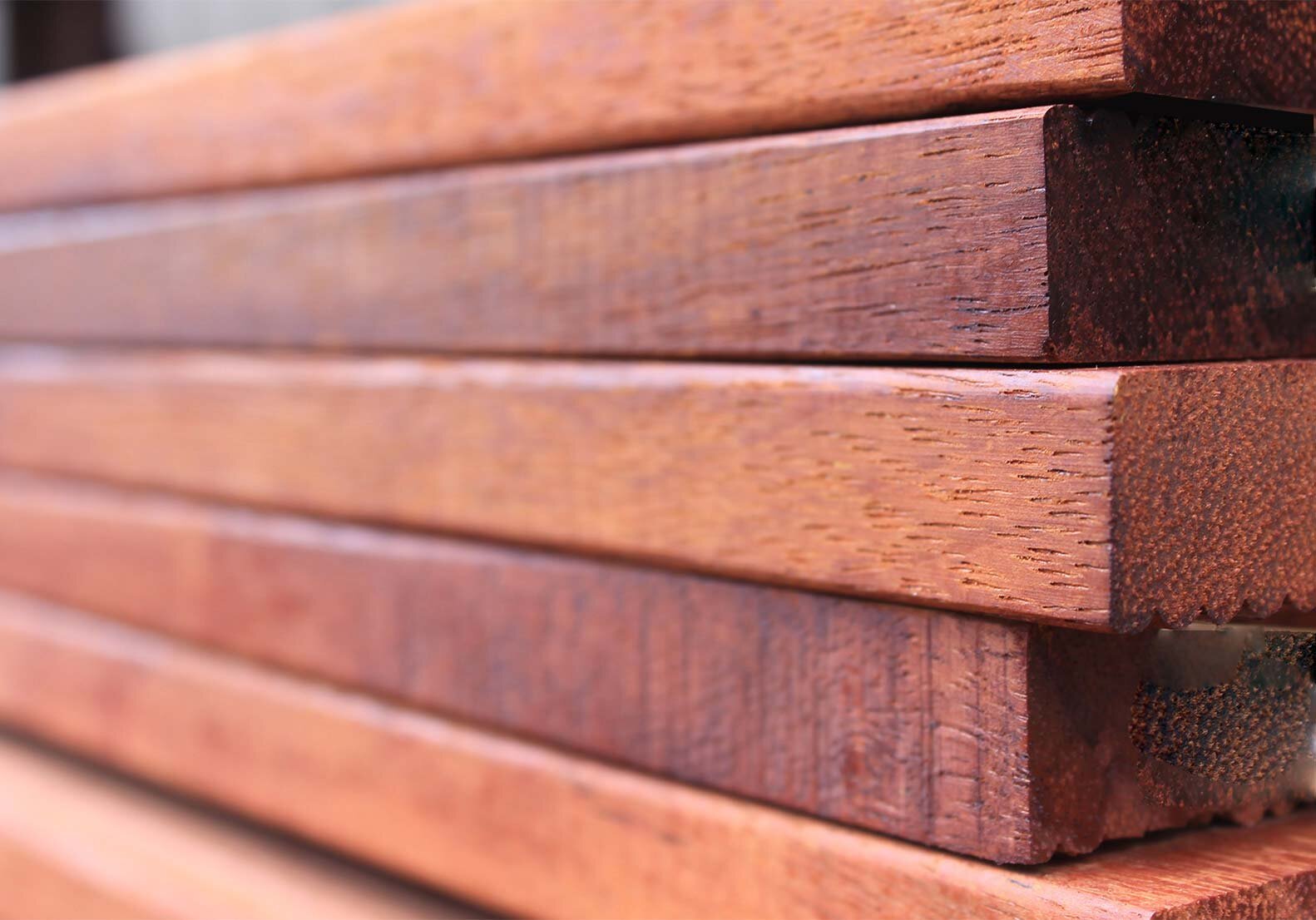Australian Tree Species and Their Use in Construction
Much of the timber we use in Australia comes from species native to other countries. But there are commercial species that originated right here in Australia.
Let's look at Australia’s native tree species, their qualities and uses in construction.
Hard & soft woods
The traditional carpentry definition of ‘hardwood’ is a tree whose timber is harder to work than ‘softwood’. To botanists, the difference is that hardwood trees are deciduous and flower, while softwoods are evergreen and have cones.
For carpenters, this definition is not always helpful – for example, balsa is botanically a hardwood. Carpenters actually select timber by how well its mechanical and aesthetic properties fit the job. The following Australian hard and softwood species are used widely in the industry.
Hardwood
Australian hardwood is one of our great natural resources. Popular types like Blackbutt, Jarrah, Merbau, Spotted Gum, Victorian Ash, Tasmanian Oak and Southern Blue Gum are used in construction and indoor and outdoor furniture and fittings.
Blackbutt grows quickly and is a good plantation timber. It provides good fire resistance and is one of seven hardwood timber species found suitable by the Building Commission in Victoria for home construction in bushfire areas. Along with the more refined (and expensive) Spotted Gum, Blackbutt is a popular choice for flooring. It’s also used for framework and exteriors.
Jarrah has a rich, red hue ideal for furniture, turning, joinery and parquetry. Jarrah mostly comes from old growth and regrowth forests in WA. It takes a long time to mature and as such is relatively scarce. Where possible, Jarrah is recycled from old flooring, decking or railway sleepers.
Merbau, aka Kwila, is harvested in tropical forests here and overseas. Merbau has a yellowish to orange-brown colour and is a common choice for decking, framing and fencing due to its durability and strength.
Spotted Gum is a more expensive hardwood choice because of its beauty and durability. Popular for flooring, it comes in pale-greys and off-whites, plus rich, dark-browns, all with a smoothly-flowing grain that gives it a quality appearance.
Grown in the Victorian Alpine region, Victorian Ash is a trade name that covers two eucalyptus species, E. delegatensis and E. regnans. It’s a straw-blonde to pinkish-brown timber favoured by furniture makers for its straight grain. It’s used for stairs, flooring, mouldings, panelling and furniture.
The trade name Tasmanian Oak refers to three eucalyptus species, E. delegatensis, E. obliqua and E. regnans). Eucalyptus regnans and delegatensis are also sold as Victorian Ash, so if the timber’s from Victoria, it’s ash, if it’s from Tassie, it’s oak.
Finally, the Southern Blue Gum, native to Tasmania, is the world’s most widely planted eucalypt species. Although very hard, the timber is relatively easy to work, fix and dress, and is used for floors, furniture and general construction.
Softwood
Cedar, spruce and the many species of pine are known as softwoods, being easy to work. Botanically speaking, they have needles rather than leaves and cones instead of flowers.
Most commercial softwood trees are native to North America and Europe, although there are Australian native species used commercially. They grow quickly compared to hardwood trees and many are grown in plantations, such as Radiata Pine, a native of California.
Queensland’s Kauri Pine is an Australian softwood species. It’s used in cabinetwork, turning, joinery and shelving, but can also be used for flooring. It has a cream-white, plain appearance and a warm, golden hue when finished. It does not do well in plantations and is scarce. Hoop Pine is another Queensland species, readily available and used in construction as well as furniture.
White Cypress or Cypress Pine is native to western NSW and Queensland and commercial quantities of the timber mostly come from state forests. Like most softwoods it’s a light-coloured wood, with a straight grain, even texture. Unlike many softwoods, it is very durable. It’s used in framing as well as flooring and furniture.
These ten Australian tree species make up a large proportion of the timber used for construction and furniture. While foreign species like Radiata Pine are widely cultivated here, there are still plenty of choices for carpenters when it comes to using Australia’s own species. Contact Parker Carpentry for input on your next timber project and whether Aussie timber is a good choice for you.

